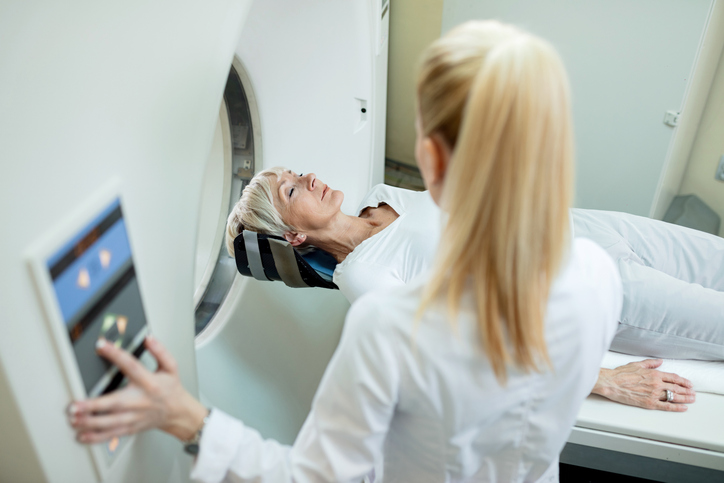Pain
Progression and Potential Complications of Ankylosing Spondylitis

Ankylosing spondylitis (AS) is an autoimmune condition that involves inflammation of the joints in the spine. AS is a progressive disease which can gradually affect other joints. In severe cases, bodily organs such as the lungs, heart, eyes or kidneys may also be affected. Treatment can help slow or stop the progression. Most functional loss occurs in the first 10 years of illness.
Early stages of AS
AS commonly starts as inflammation in the sacroiliac joints, which are the joints at the base of the spine that connect the spine and pelvis. Sacroiliac inflammation typically causes lower back pain and stiffness. Pain may also be felt in the buttocks. AS symptoms are usually most severe in the morning or after rest and improve with light exercise or a shower. Joint pain tends to gradually worsen over several weeks or months.
Progression and potential complications of AS
As the condition progresses and inflammation increases, AS often travels up the spine to the neck. AS may also affect other parts of the body, causing other issues such as the following:
- Enthesitis
Entheses are the tissues that connect tendons or ligaments to bones. Enthesitis involves inflammation of these tissues. Commonly affected sites include the ribs, shoulders and heels. - Arthritis in other joints, including the knees, shoulder blades, feet, or jaw, may develop.
- Eye inflammation, usually in the form of iritis, occurs at least once in approximately 1/3 of individuals with AS. Symptoms include eye pain, blurry vision, redness, and light sensitivity.
- Gastrointestinal issues develop in approximately 70% of individuals with AS. Ten percent of individuals with AS develop an inflammatory bowel disease, such as Crohn’s disease or ulcerative colitis.
- Breathing issues can develop if inflammation affects the rib cage. It may be more difficult to take deep breaths as the chest cannot fully expand.
Advanced stages of AS
In advanced stages of AS, the spine fuses together, which may result in the following:
- Forward-stooped posture may develop as bones fuse and the spine becomes less flexible.
- Spinal fractures may occur as the spine becomes more brittle due to bone fusion.
Rarely, advanced AS can lead to life-threatening complications, including the following:
- Lung issues
Rib cage involvement may lead to lung issues that make individuals more prone to frequent or severe respiratory infections. Lung scarring, cysts and lesions sometimes develop. - Heart involvement
Issues with abnormal heart rhythm (arrhythmia) or the aortic heart valve can occur. - Cauda equina syndrome
Cauda equina syndrome is a condition caused by pressure on the lower portion of the spinal cord. It is a medical emergency. It can cause incontinence, abnormal reflexes, difficulty walking, and paralysis.
Burnout stage
Approximately 1% of individuals with AS enter a “burn-out” stage in which the disease goes into long-term remission.
Additional resource: Medical News Today
















